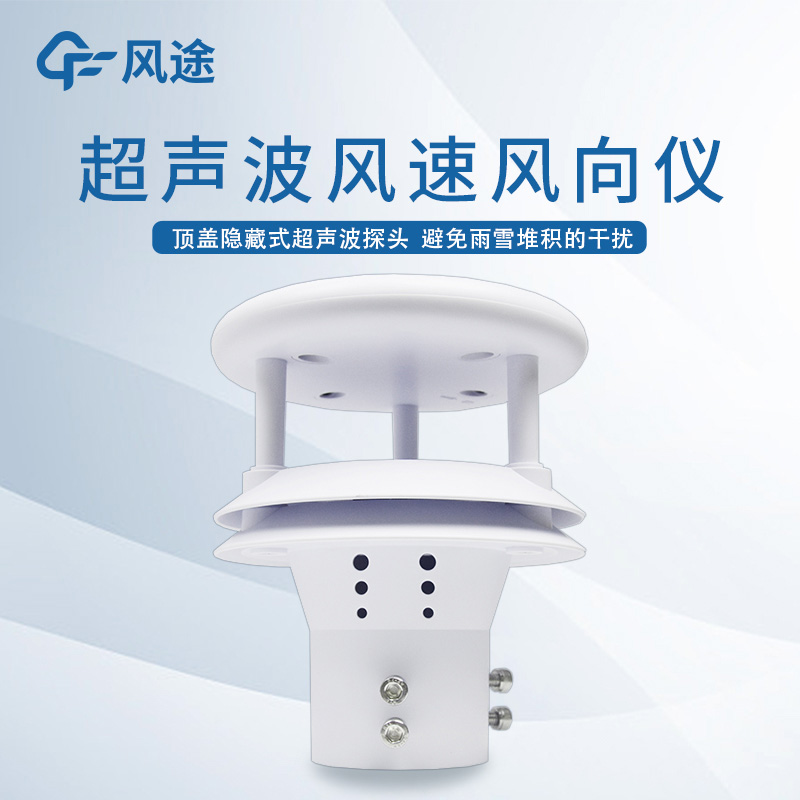Shandong Fengtu IOT Technology Co., Ltd
Sales Manager:Ms. Emily Wang
Cel,Whatsapp,Wechat:+86 15898932201
Email:info@fengtutec.com
Add:No. 155 Optoelectronic Industry Accelerator, Gaoxin District, Weifang, Shandong, China

Sales Manager:Ms. Emily Wang
Cel,Whatsapp,Wechat:+86 15898932201
Email:info@fengtutec.com
Add:No. 155 Optoelectronic Industry Accelerator, Gaoxin District, Weifang, Shandong, China
time:2024-11-21 09:41:56 source:Weather Station viewed:448 time
Wind, as a natural phenomenon, has a crucial impact on our lives and numerous fields. In meteorology, accurately measuring wind speed and direction helps us predict weather changes, such as the movement path and intensity of disastrous weather like storms and hurricanes. In the aviation field, wind speed and direction data are essential for aircraft takeoff, landing, and flight route planning to ensure flight safety. In the energy industry, especially wind power generation, understanding wind speed and direction can determine the optimal installation location and operating parameters of wind turbine generators to improve power generation efficiency.
Traditional methods for measuring wind speed and direction include anemometers with cups and wind vanes. Anemometers with cups calculate wind speed based on the rotation speed of the cups, while wind vanes indicate the wind direction. However, these methods have certain limitations, such as the easy wear of mechanical parts and relatively high starting wind speed.
With the development of technology, the Ultrasonic Wind Speed Direction Sensor has emerged. Taking the Fengtu FT-WQX2 Ultrasonic Wind Speed Direction Sensor as an example, it utilizes the principle that the propagation speed of ultrasonic waves in the air is affected by air currents. The instrument calculates wind speed and direction by measuring the time difference of ultrasonic wave propagation in different directions. This measurement method has obvious advantages. It has no mechanical parts, avoiding errors and maintenance costs caused by wear, and has no starting wind speed.
It can accurately measure wind speed and direction, providing reliable data that can meet the needs of multiple fields such as meteorological observation, environmental monitoring, and industrial control.
It has strong stability and can continuously and stably work under complex environmental conditions. Whether in harsh environments such as high temperature, low temperature, humidity, or sandstorms, it can accurately obtain wind speed and direction information, providing important data support for related fields and helping us better utilize and respond to the natural force of wind.

Industrial Meteorological Sensors play an important role in meteorological monitoring and research, and they have a rich variety of types, covering the measurement of multiple meteorological elements.Temperature sensors are a major category. Glass liquid thermometers rely on the thermal expansion an...
measures wind velocity in meters per second (m/s), miles per hour (mph), and kilometers per hour (kmh) are called anemometers....
Intelligent street light is a street light that is smarter than ordinary street light. It can not only illuminate, but also through carrying a variety of equipment and sensors, collect urban information, provide convenient services, such as charging, display information, detection of parking and so...
To formulate an irrigation plan based on soil moisture monitoring data, multiple factors need to be taken into comprehensive consideration, including soil type, crop water requirements, historical and real-time evaporation data, crop growth stages, and real-time weather changes. Firstly, understandi...